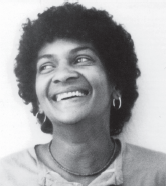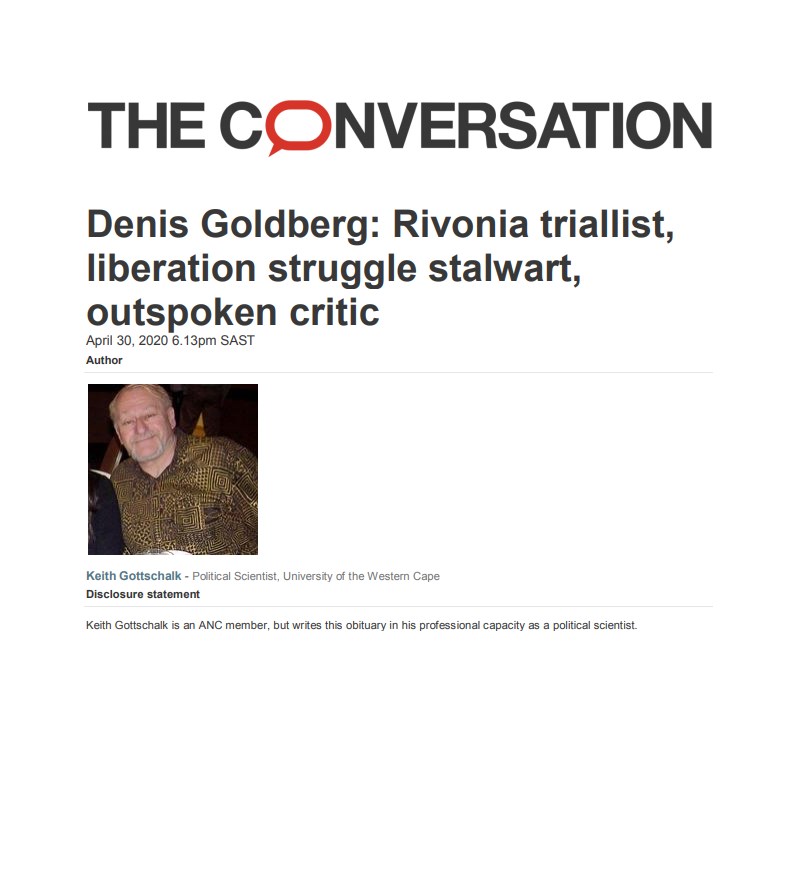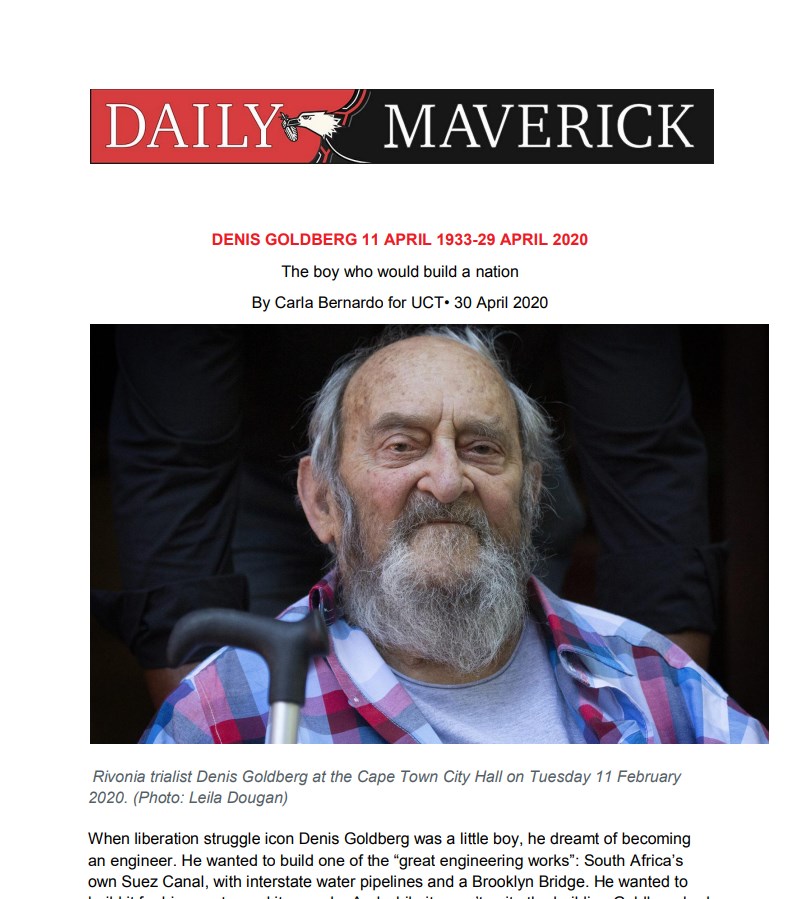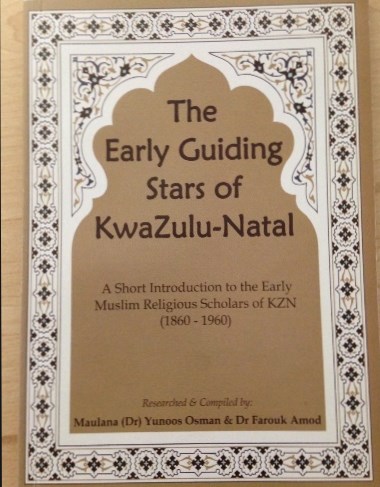Sibudu Cave, North Coast near Ballito (can be spelt Sibhudu)
A Prehistoric Rock Shelter, above the uThongathi River has been declared a World Heritage site. “Sibudu Cave has been identified as having the qualities so exceptional that it is of National significance and was eligible for National Declaration,” said South African Heritage Resources Agency (SAHRA) CEO, Lungi Malgas.
Considered to be one of South Africa’s most important Archaeological Sites, a cornerstone for understanding the behavioral origins of modern humans. Sibudu received International recognition as one of the most important Areas of its kind and was also nominated as a World Heritage Site.
The Area is significant because it shows evidence of some of the earliest examples of modern human Technology, possessing a large collection of well-dated middle Stone Age deposits that are well preserved. Sibudu Cave, boasts a long record of occupation between 77 000 and 35 000 Years ago during the Middle Stone Age. The Cave lies under a huge curve of sandstone Cliff carved out by the uThongathi River that flows through the Valley below, the surrounding Area is under sugar cane.
Discovered in 1929, Sibudu was first excavated in 1983 by Archaeologist, Aron Mazel of the Natal Museum. According to scientists, few places on earth have such a complete record from the Middle Stone Age, as Sibudu. 'Friends of Sibudu', Chairman, Derek Nicholson said: “The various layers and the finds they have provided also document how human technologies changed though this period as well as changes in the natural environment. Perhaps the jewel in Sibudu’s Crown are the 65 000-year-old bone arrowheads, the Earliest yet discovered. Sibudu is also one of the only three sites in Africa where sea shell beads older than 70 000 years have been found.” The finds at Sibudu, and its future potential, have attracted International attention, as the Area still has so much to offer!
Studies have been conducted through a large collaborative effort involving many Local and International Scientists. These aim to reconstruct the World of these Ancient Humans and to hypothesise, about their behaviour. “Analysis of fossilised leaves shows they had chemical properties that repel mosquitoes. These may have been some of the first humans to discover a way of repelling mosquitoes,” said Nicholson.
Between 1998 and 2011, Wits University directed the Area's Excavations, however since 2011 Excavations have been directed by Nicholas Conrad, a Professor and chair of the early History Department at the University of Tubing-en in ,Germany. He stated that: "few places on Earth have such a complete and wonderful record from the Middle Stone Age as Sibudu!" According to Nicholson the team of German Archaeologists, under the license from the South African Historical Monuments Commission, excavate at the Area for approximately six-Months of the Year. “Stone tools of various shapes have been found in great quantities by the archaeologists who also believe that it is one of the most productive Middle Stone Age sites in the World,” he said. The various layers and the finds they have provided also document how Human Technologies changed through this Period as well as changes in the Natural Environment. “The Cave occupants were clearly skilled hunters and Cultural material from Sibudu includes a large collection of late Middle-Stone Age stone tools and rare pieces of worked bone. "Sibudu can become an important Archaeological-Tourism Destination and Educational centre,” said Nicholson. The Sibudu Cave, a rock shelter in a cliff face, which was first occupied by modern humans at least 77 000 years ago, has been declared a World Heritage Site.
Denis Goldberg belongs to those who defeated apartheid

As a white person in white-ruled South Africa, Denis Goldberg chose to be part of the struggles of the oppressed rather than live in the glare of white opulence. His passing is the departure of an icon.
Goldberg belongs to those who changed the history of South Africa from the racist past to the non-racial present, and to a future where the colour of your skin will no longer determine your destiny. A future when your destiny would be determined by the value you added to your community and to the society.
Ruth Naomi Leon
The youngest of nine children, Ruth Naomi Leon (who later started calling herself Tania) was born in a small town called Wellington in the Cape Province (now Western Cape) on 4 May 1945. Her mother, Elizabeth Sampson, was a domestic servant and her father, Frank Leon, was a factory worker and shopkeeper before starting a fish trade, which improved her family’s financial situation.

Tuberculosis

Tuberculosis, also known as TB, occurs all over the world and is one of the most infectious diseases, causing more deaths than HIV/AIDS and Malaria [1] [2]. It is estimated that a quarter of the world’s human population is infected or has been infected with the TB bacteria and at risk of developing the disease [3].



